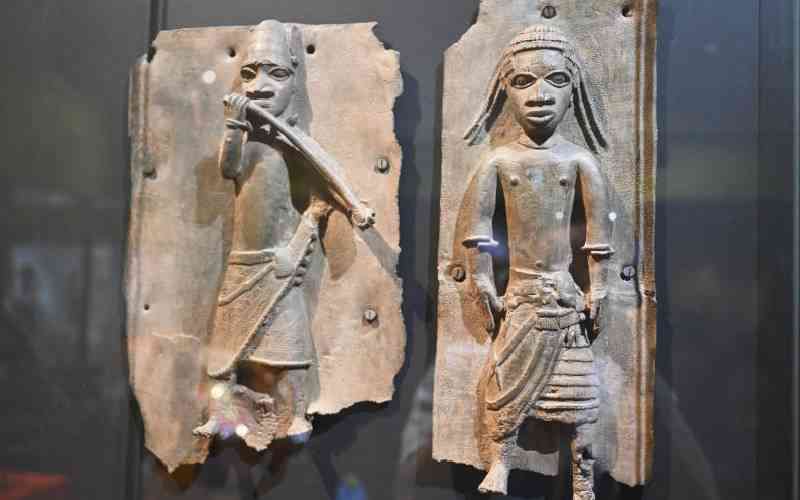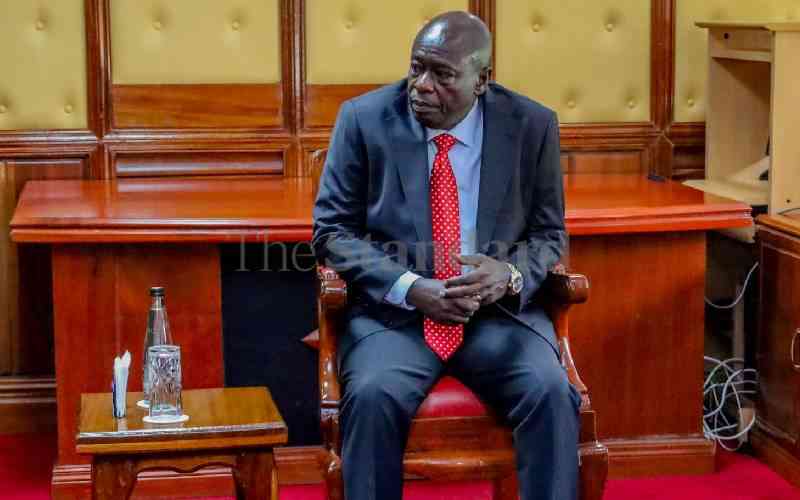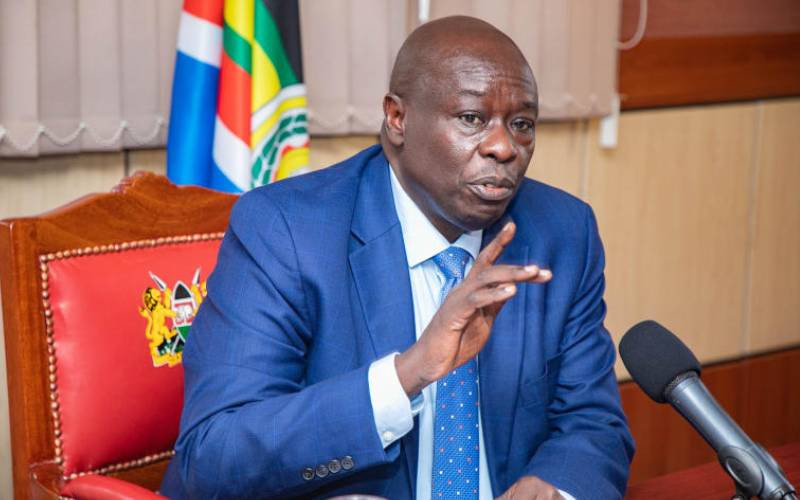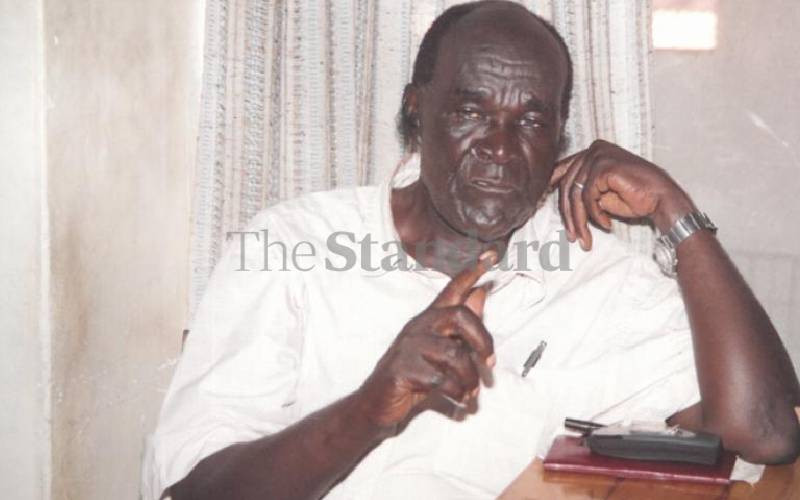
There has been a debate raging through the global art world, namely, the repatriation of artworks from Western galleries and museums back to their country of origin.
At the forefront of this debate is Kenyan visual artist and filmmaker Jim Chuchu, one of the co-founders of the international inventories programme, which created a database of Kenyan cultural objects that are held outside of Kenya in foreign museums. In just two years they managed to locate 32,000 objects housed in Western institutions.
Chuchu says his hope is to “provoke institutions in North America and Europe to rethink the morality of their collections” and “to return objects that were improperly acquired, back to the communities that need them”.
The main contention over these items is of course, how they got into Western museums in the first place. For most of the items, the answer to that is simple; they were plundered.
Of course, many Western Museum directors and curators are loath to admit this outright, as the director of the Victoria and Albert Museum in London states that ‘the history of these items in our collections are legally complicated’.
For other Westerners, the picture is rather simple, as an art historian and managing editor of the French magazine La Tribune De’lart Didier Rignar asserts. When asked where these artworks belong, Rignar states simply that ‘they belong in the museums where they are now’. According to Rignar, although most of the artworks were looted, ‘In the 19th century there were wars, and the looting of war was legal, maybe it was not moral, but it’s legal’.
A rather brazen response it might seem, but technically he’s not wrong. The objects housed in Western museums are the spoils of a war between our ancestors and theirs, which, unfortunately, our ancestors lost.
Therefore, to appeal to the ‘morality’ of Westerners and ask them to give back to us that which they stole could be seen as a futile endeavour, as the very presence of these works has nothing to do whatsoever with morality, but rather with might.
Africa needs to move beyond appealing to the better nature of Westerner’s sense of humanity for them to rectify the acts of their ancestors than it is to assert ourselves in the present day as independent agents.
Make no mistake, African artworks should be returned to Africa. But that cannot be the end of the story. Postcolonial scholars and activists seem to be far more interested in obsessing over the damages of the past than ensuring a more prosperous post-colonial future.
Of course, we must thoroughly understand the past so as not to repeat its mistakes, but we cannot go back to a precolonial time, and we must move forward in the postcolonial present.
What are we doing as Kenyans to preserve and maintain our artistic and cultural heritage now, and for future generations? As the fight continues to recover and retain the historical art and artifacts of our past, how many contemporary artists still rely mainly on foreign clientele to buy and exhibit their work in the present? What are we doing to educate today’s youth on the importance of our cultural heritage, our art, and our music?
In an interview in 2018, the director of the GoDown art centre, Joy Mboya said “there needs to be a shift in our own thinking, as Kenyans.’ She goes on to state that “because of course the arts for a long time have been supported by international funders. We want to move away from that model. That model has been great in giving us a sense of seeding and growing. But as we now begin to think about a bigger space, we really begin to think about how is it that sustained by the local.”
 The Standard Group Plc is a multi-media organization with investments in media platforms spanning newspaper print
operations, television, radio broadcasting, digital and online services. The Standard Group is recognized as a
leading multi-media house in Kenya with a key influence in matters of national and international interest.
The Standard Group Plc is a multi-media organization with investments in media platforms spanning newspaper print
operations, television, radio broadcasting, digital and online services. The Standard Group is recognized as a
leading multi-media house in Kenya with a key influence in matters of national and international interest.











